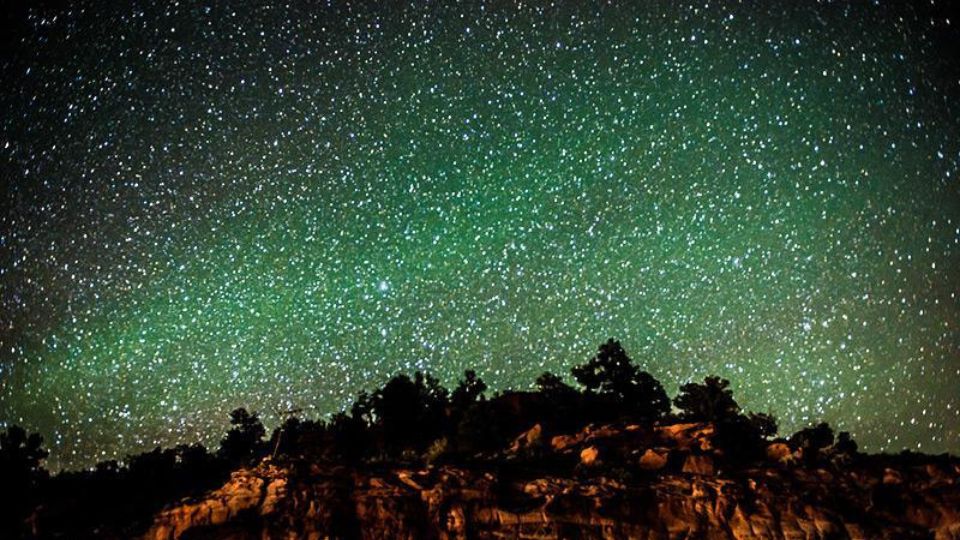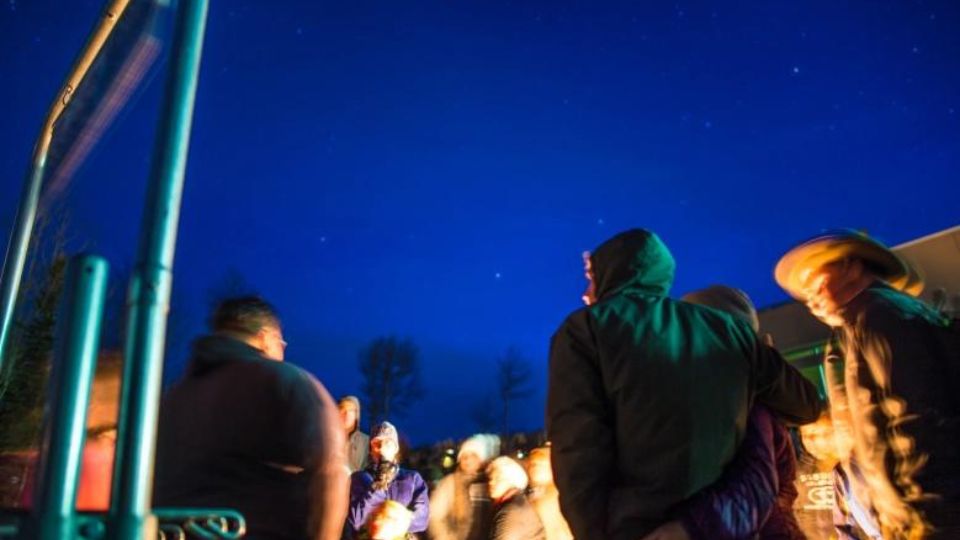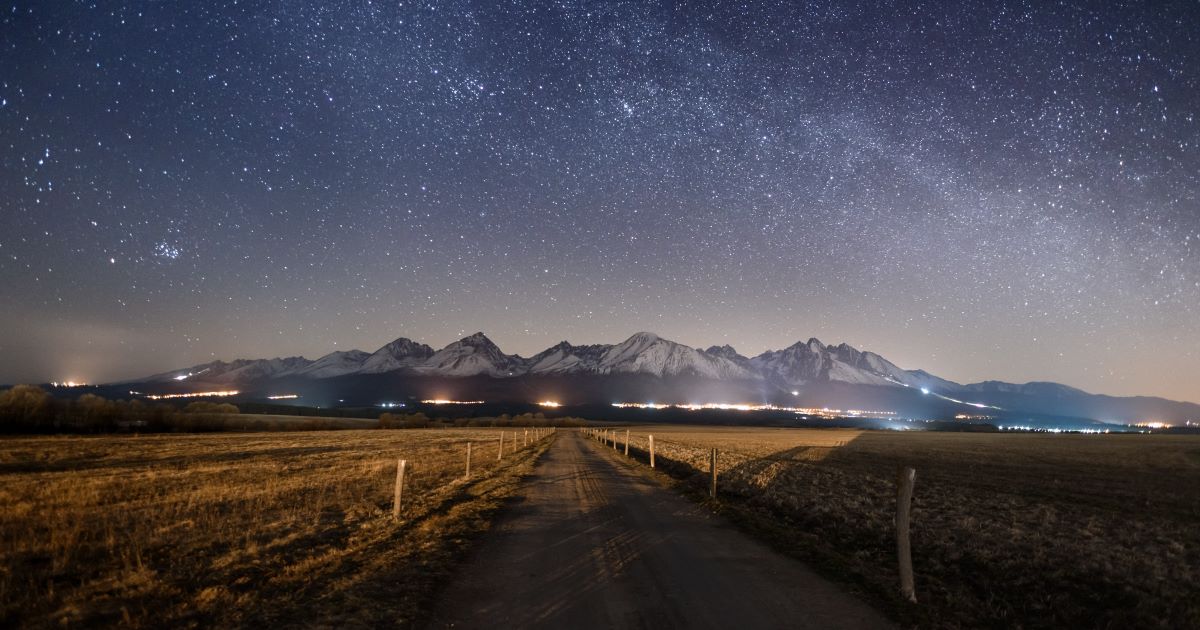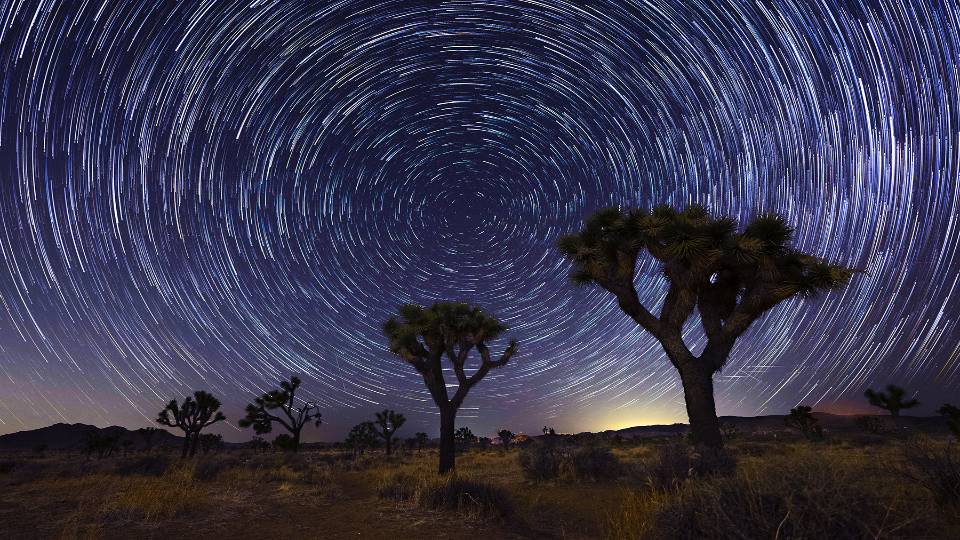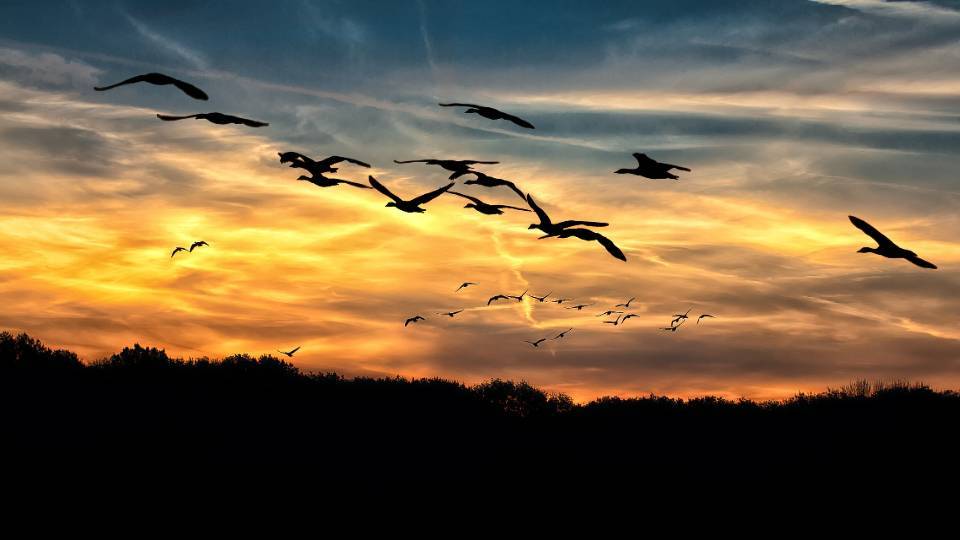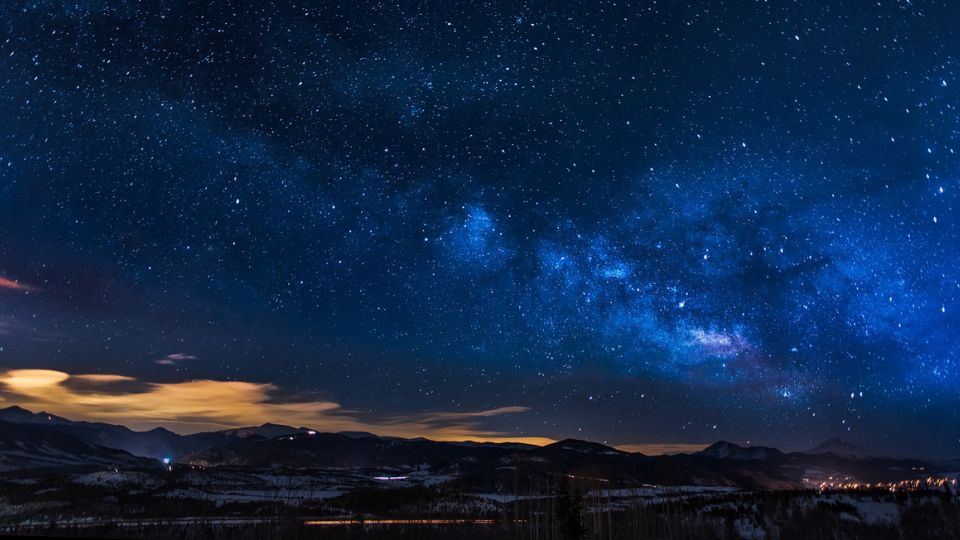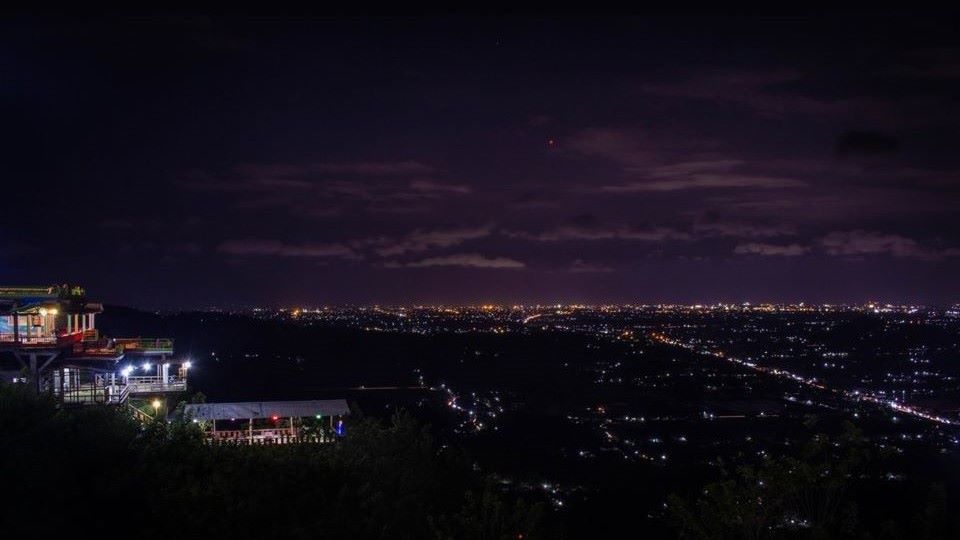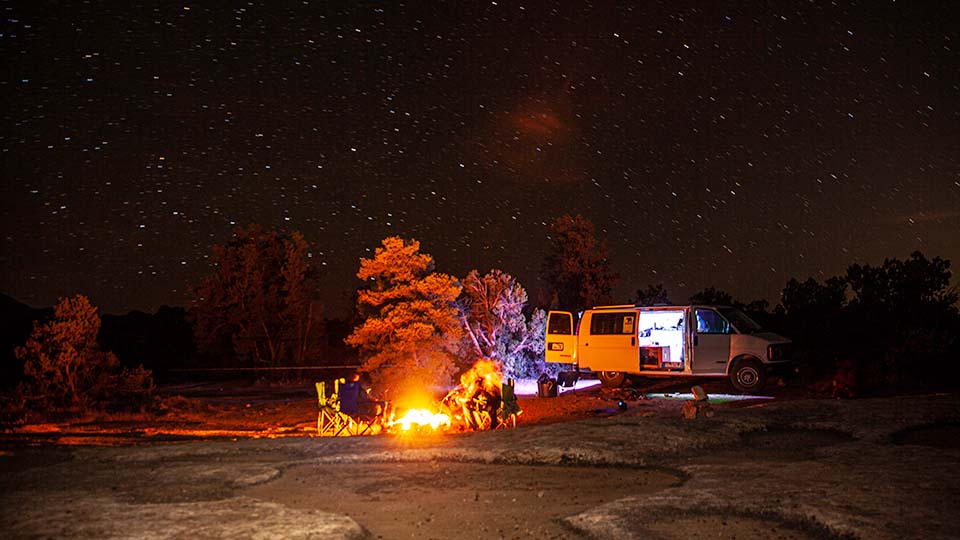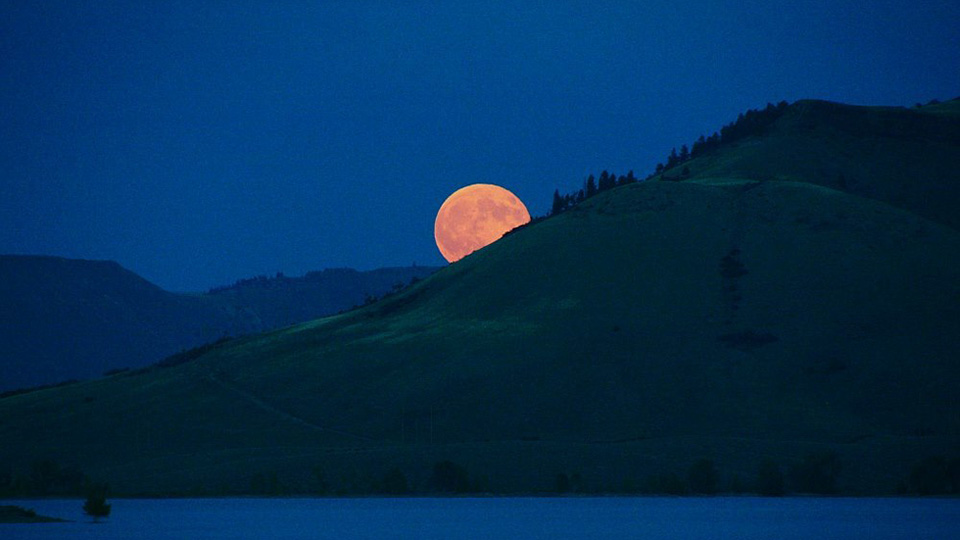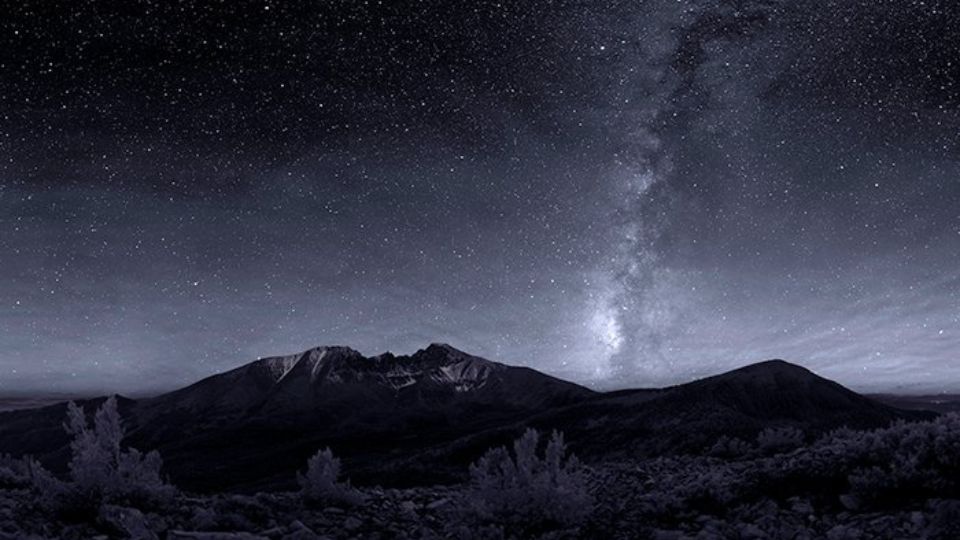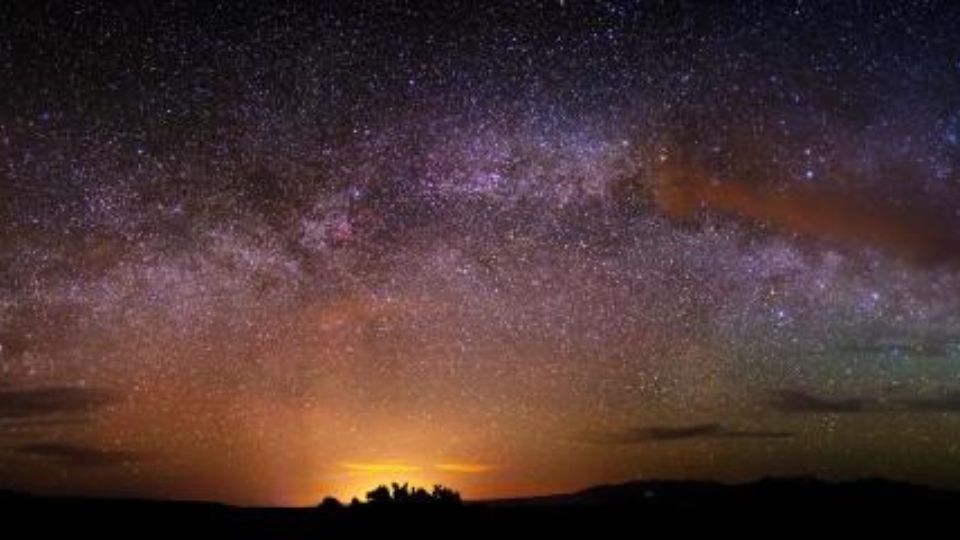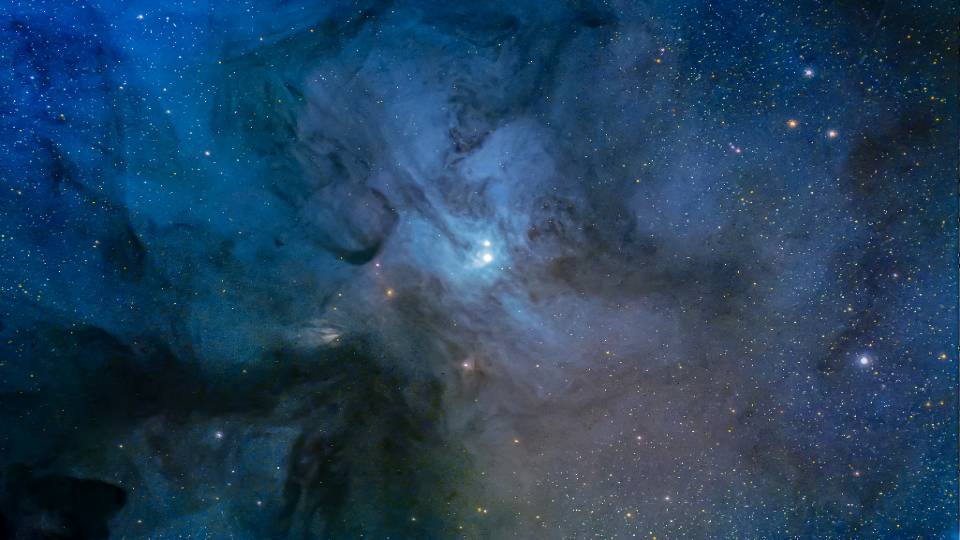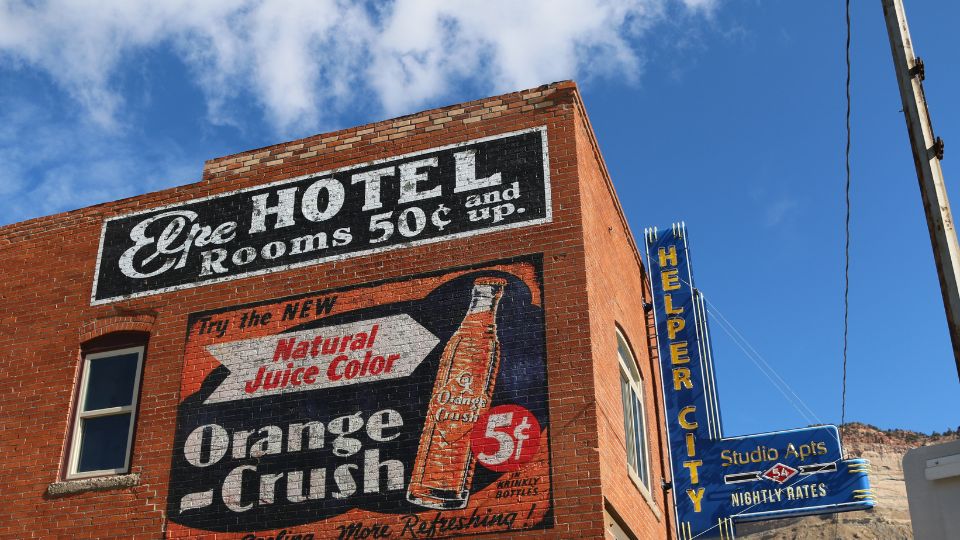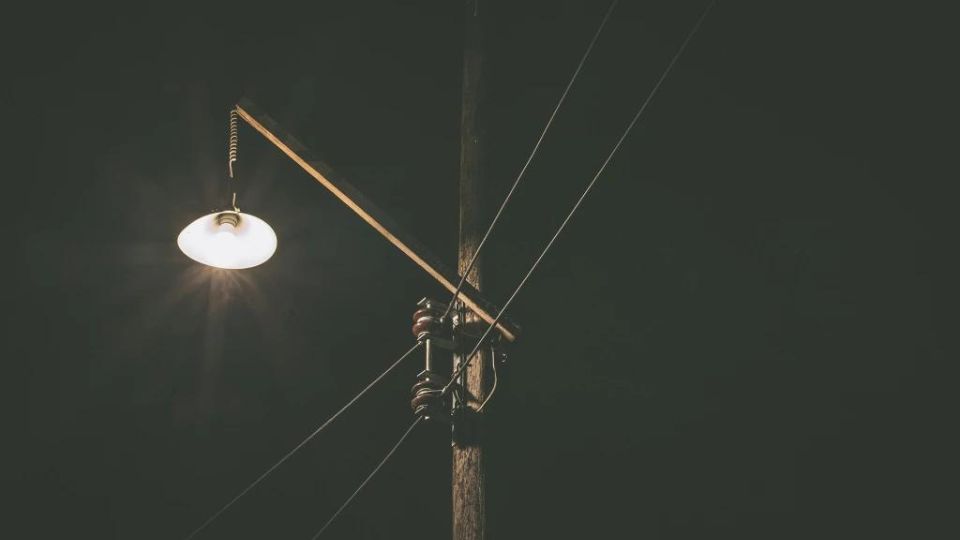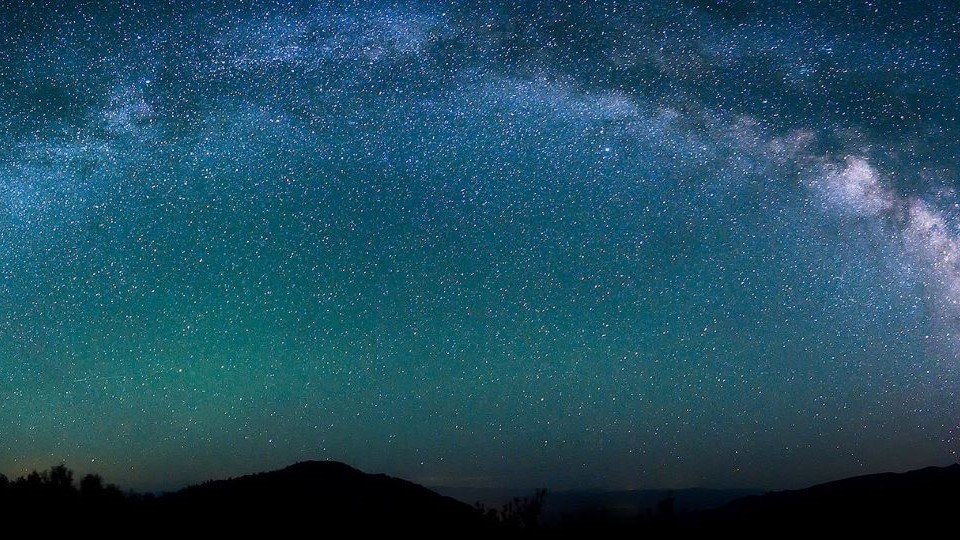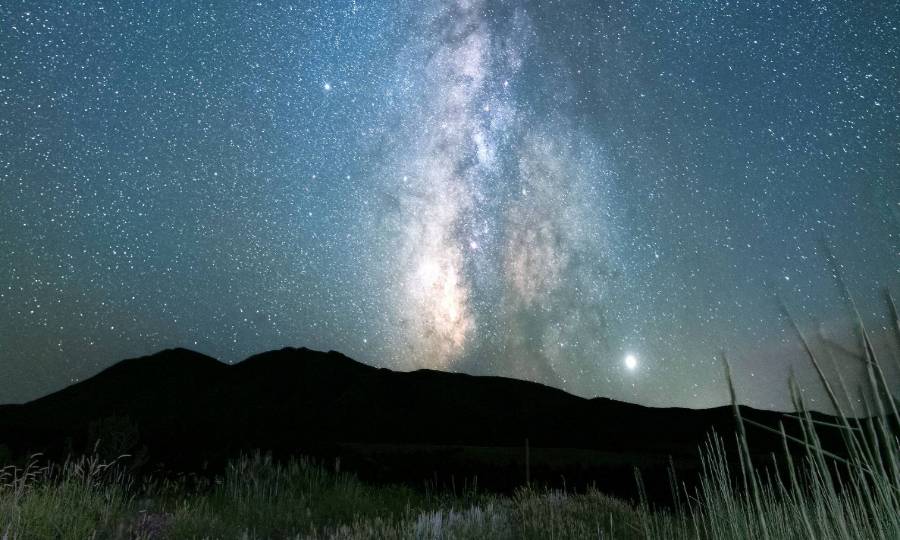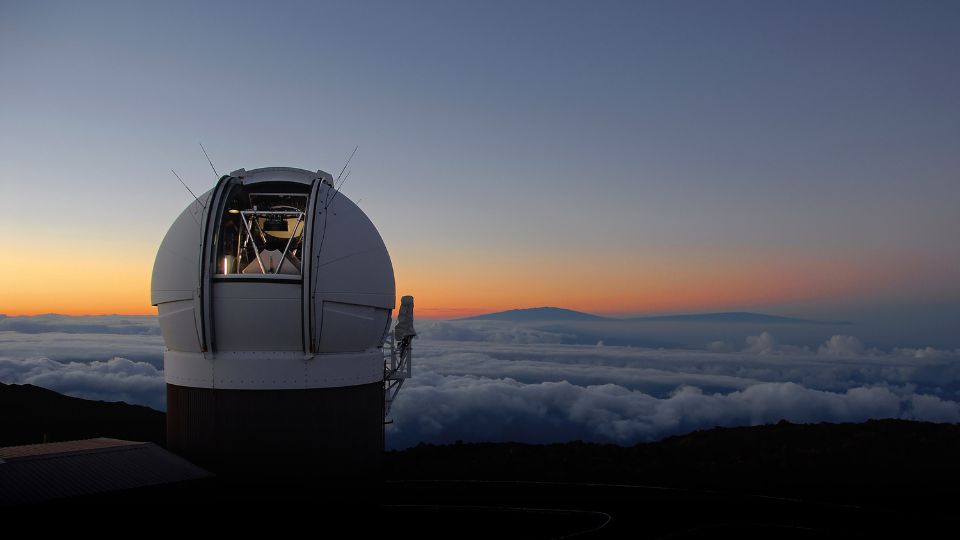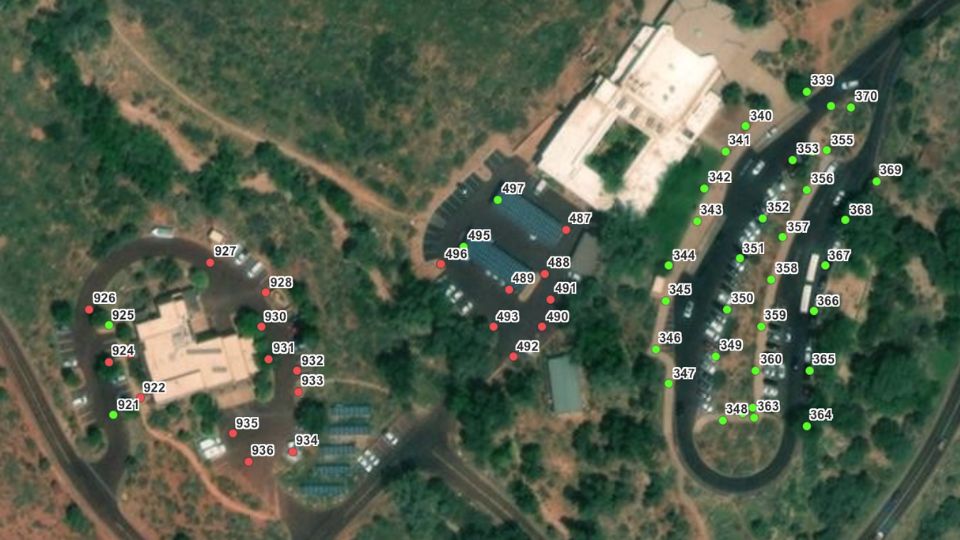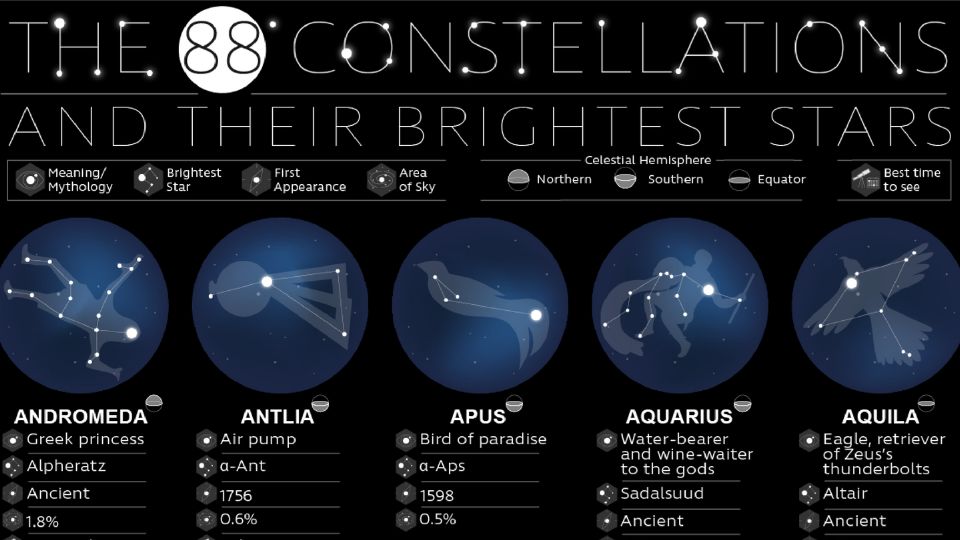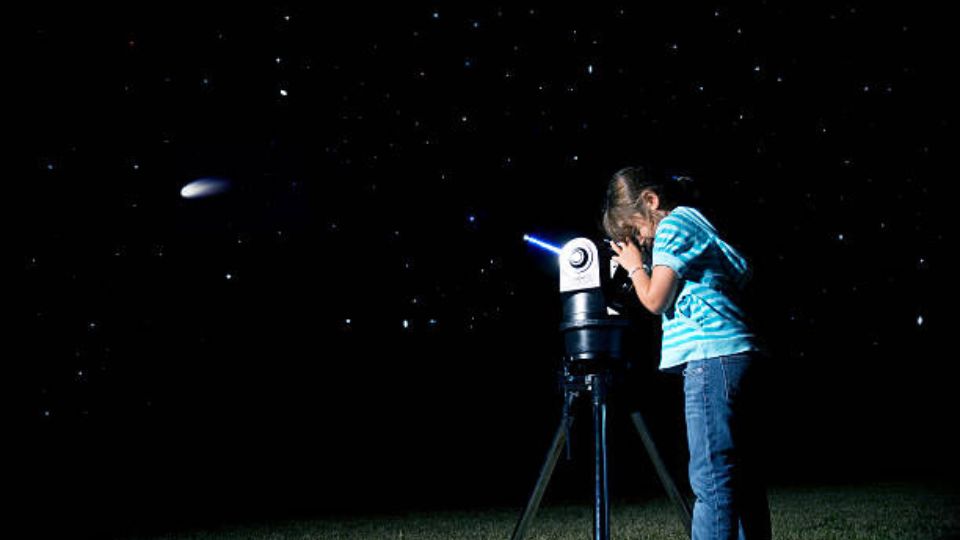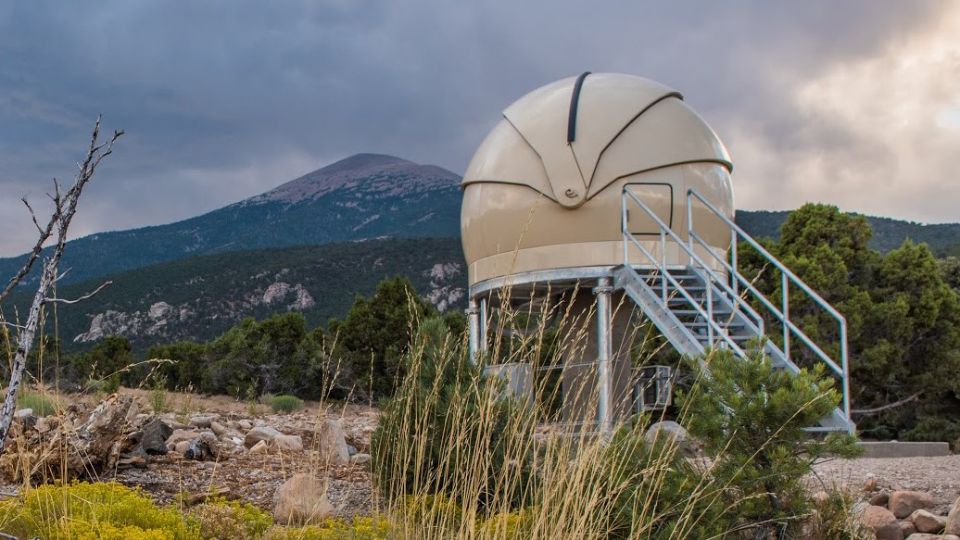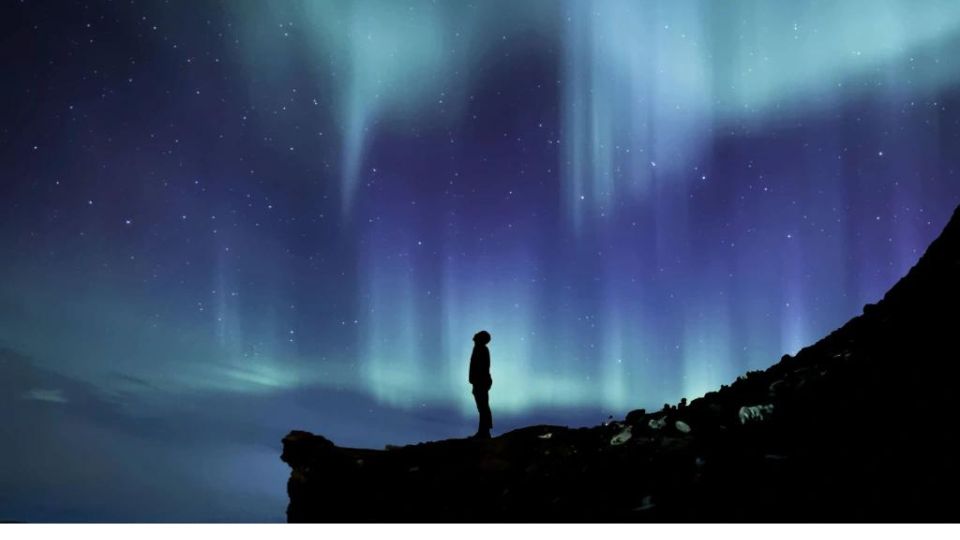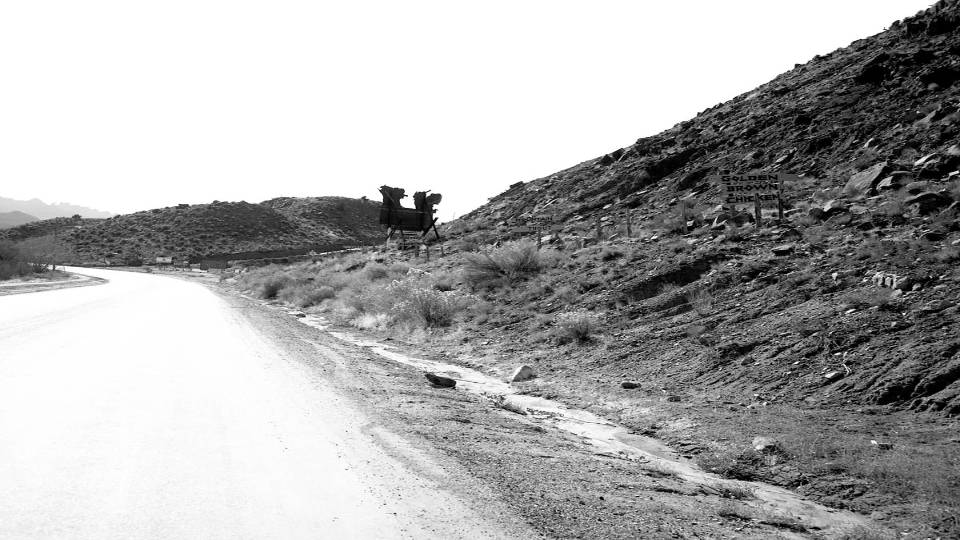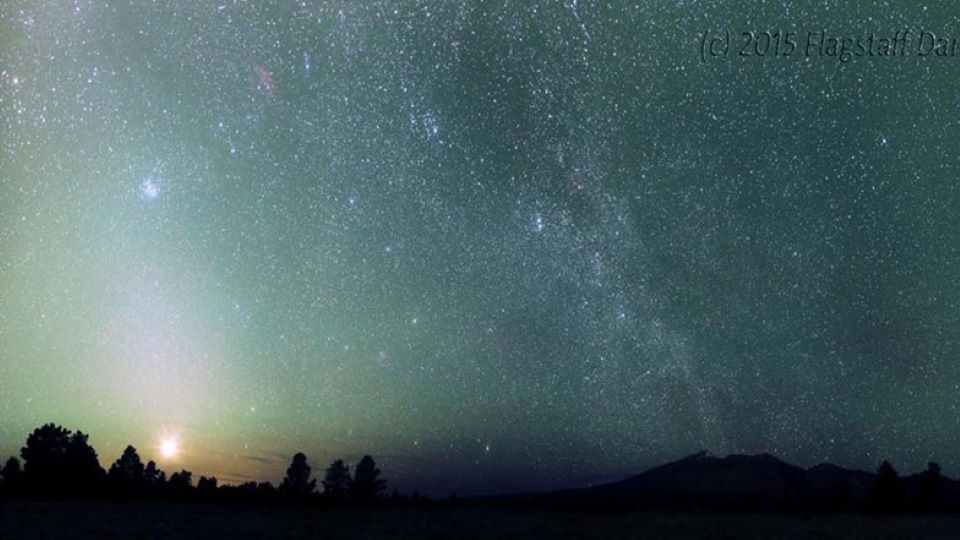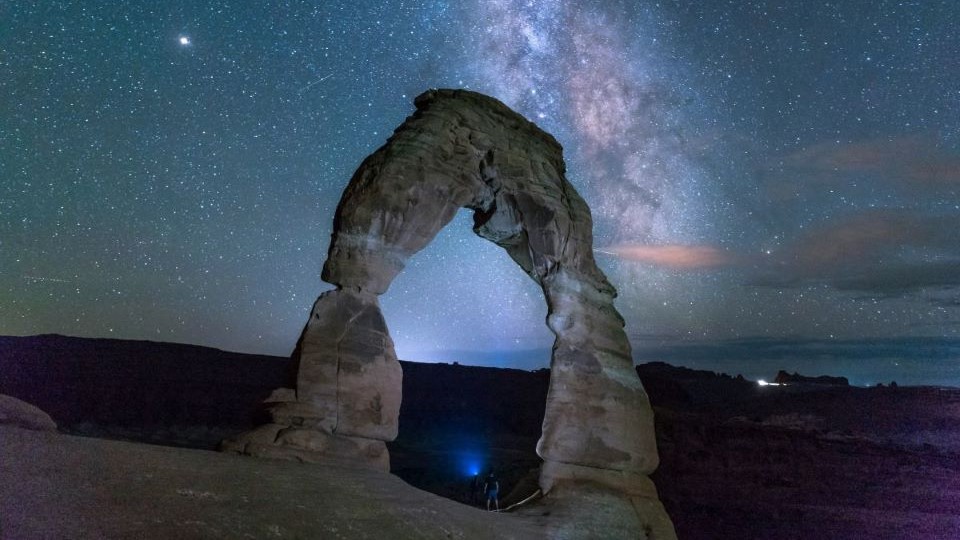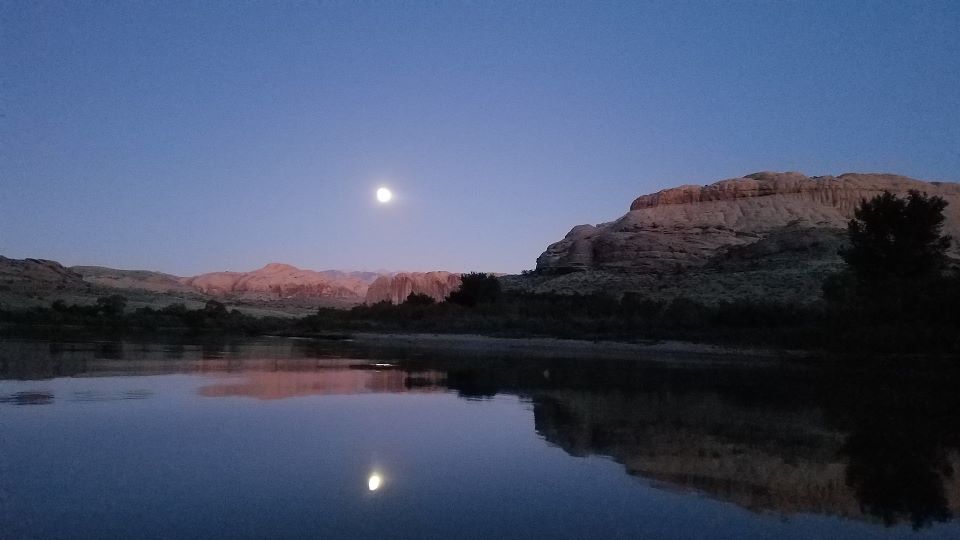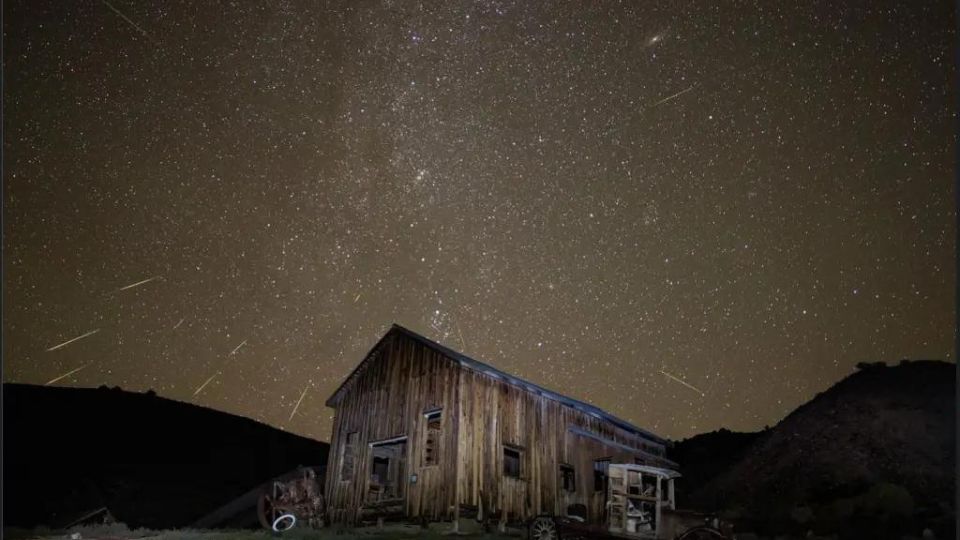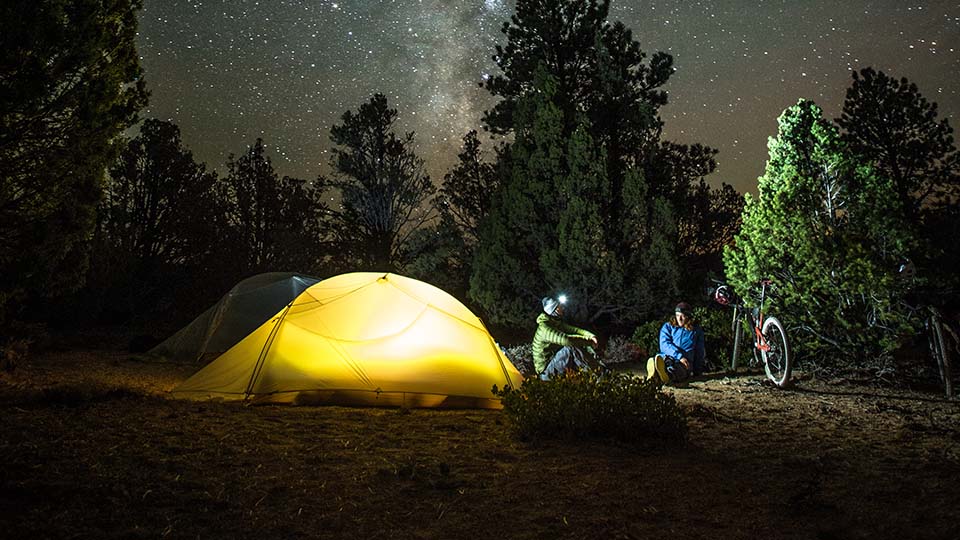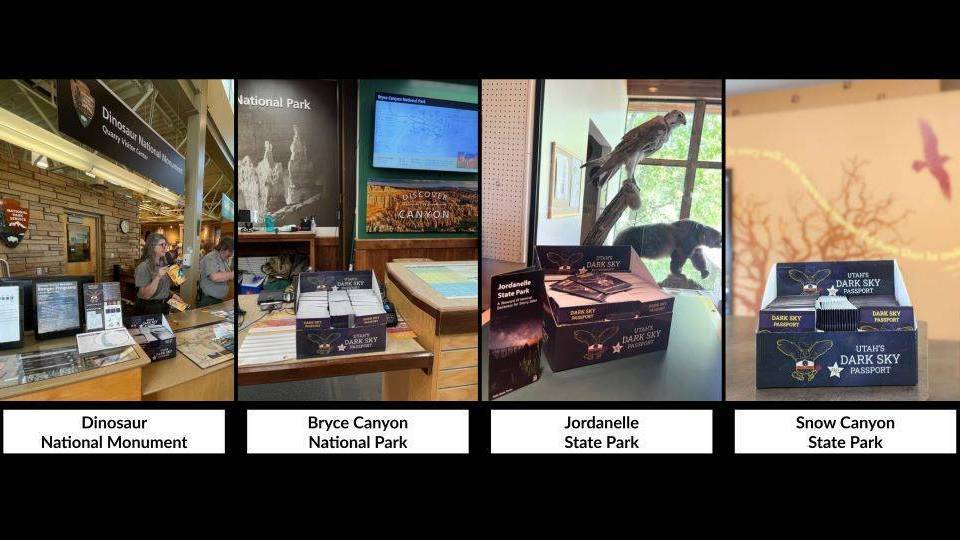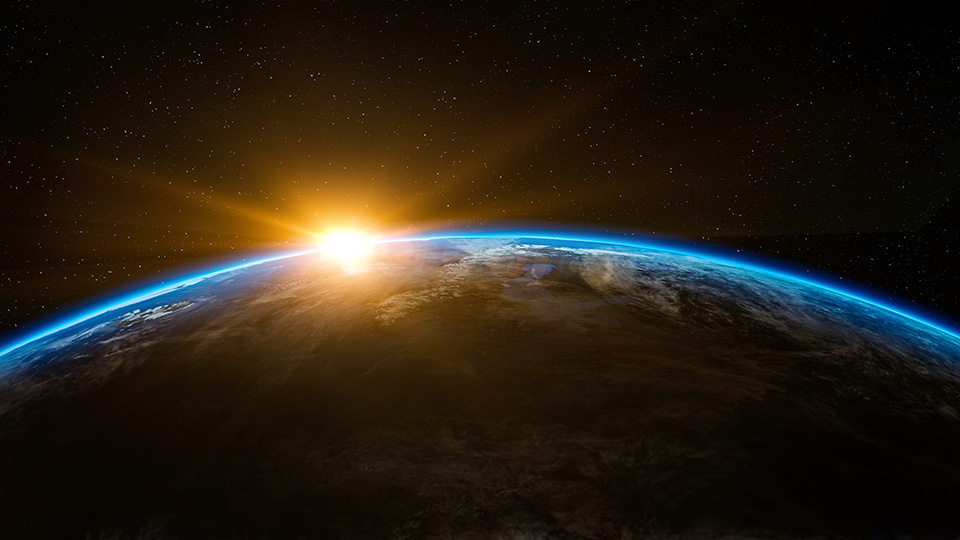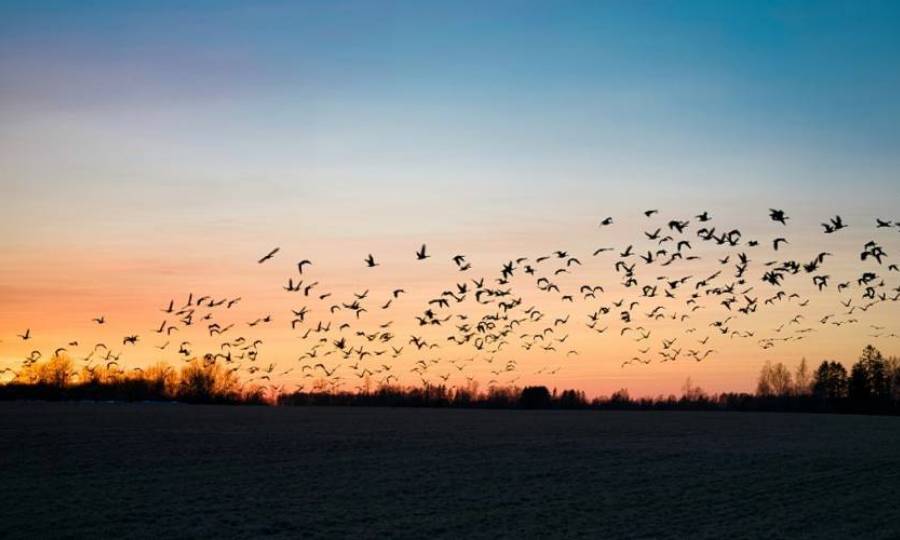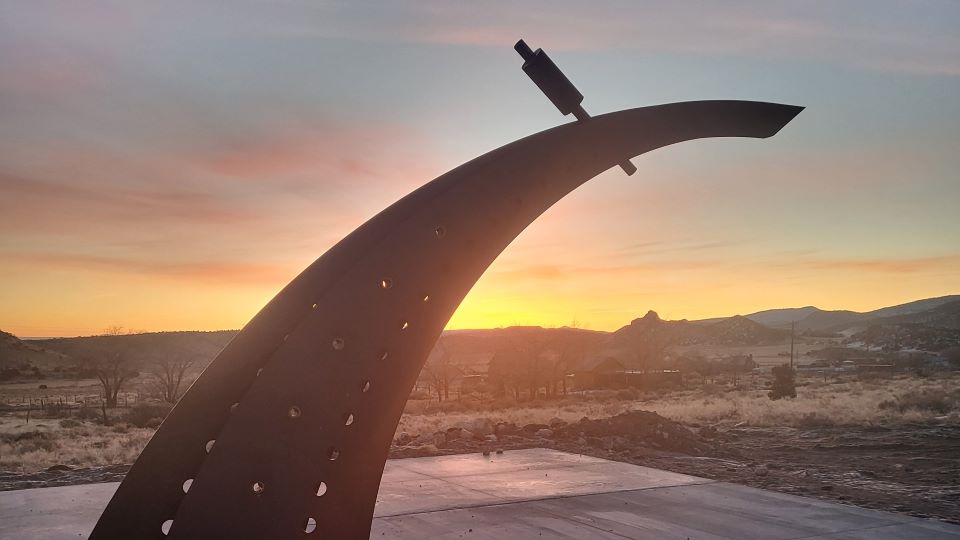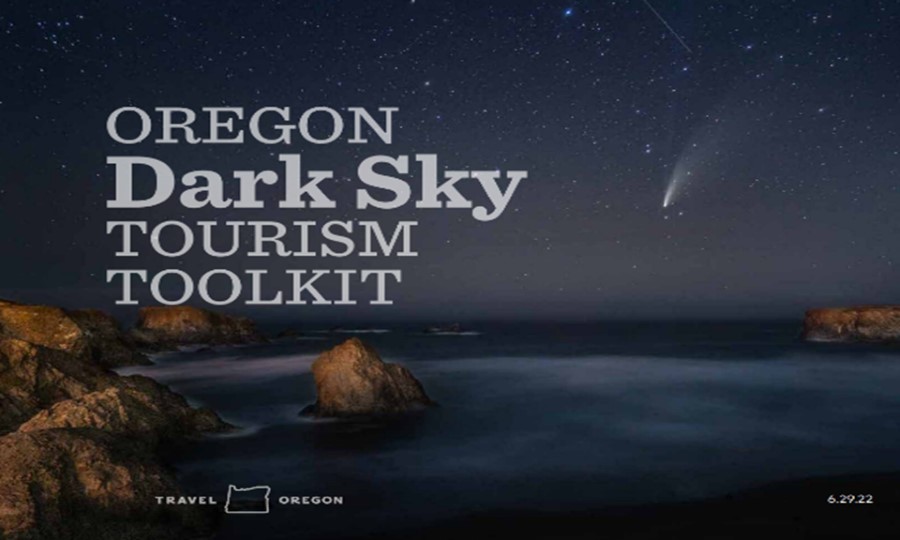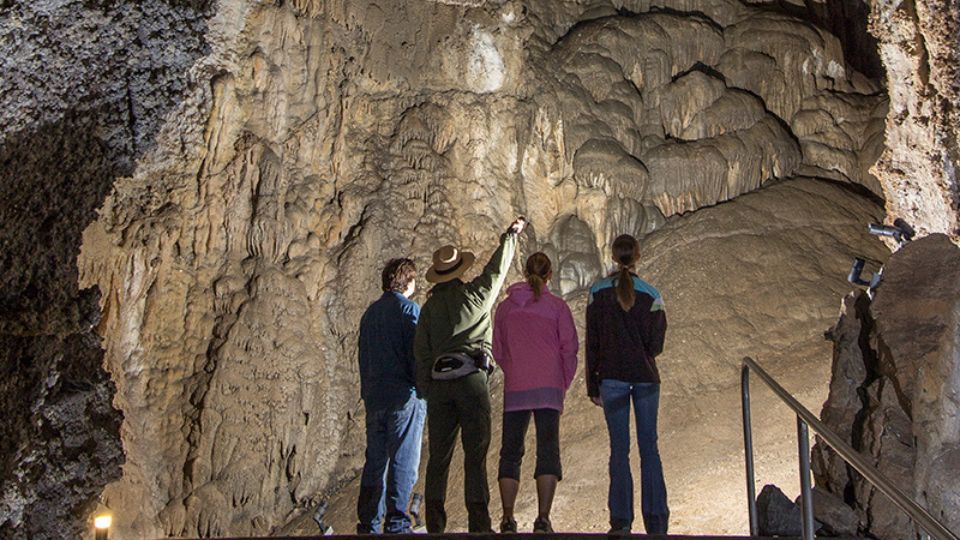Time for the Next Step – Night Sky Restoration
By Christian B Luginbuhl, President, Flagstaff Dark Skies Coalition
The Flagstaff Solution
There Is Bad News
“Citizen scientists report global rapid reductions in the visibility of stars from 2011 to 2022” (Science, Kyba et al., 19 January 2023); “Light pollution is skyrocketing” (Science, Falchi and Bará, 19 January 2023); “Stars could be invisible within 20 years as light pollution brightens night skies” (The Guardian, McKie, 27 May 2023). In his Science article, Chris Kyba reports that the visibility of stars to the human eye is decreasing at a rate that is consistent with a growth in skyglow light pollution of about 10% per year. That means it is doubling every eight years, and every doubling of sky brightness reduces the number of visible stars by 50%.
But the dark skies movement has been underway for over 40 years – aren’t we making progress?

The stars are within reach – Venus, the Pleiades, the Milky Way and the Zodiacal Light at Flagstaff’s Buffalo Park,
1.7 miles from City Hall – a Bortle Class 4 sky,
Photo Credit: Dan Duriscoe, ©Flagstaff Dark Skies Coalition
The effort at raising awareness of the dark night sky, its value, even its basic existence, is commendable and necessary. Designation of Dark Sky Places such as parks, reserves and sanctuaries likewise. But the evidence reported in these headlines shows us that this is not the same as protecting dark skies, and certainly not restoring them. The Dark Sky Places recognized by DarkSky International are dark, in most cases, perhaps all, due to isolation and happenstance of human development. But these places will not remain dark simply by designating them as dark – light pollution, from sources outside of the Dark Sky Places particularly, is relentlessly expanding. The doubling of sky brightness in a community expands the size of its light pollution footprint on the surrounding landscape by a factor of two squared or four. Our landscapes are becoming awash with light, and the boundaries of Dark Sky Places will not impede the onslaught.
Even in Dark Sky Communities (the “bright” spots on the map of Dark Sky Places), the criteria required to achieve the designation are not sufficient to even slow the growth in light pollution, let alone reverse it. This may be a shocking statement to read, but it is documentable (see for instance this analysis of the effectiveness of the DSI-recommended MLO at limiting light pollution). None of them, save Flagstaff, have actually documented any decrease in the growth rate of light pollution, let alone any improvement in the night sky conditions as a result of the designation.
Why aren’t skies getting better? Have we not gotten the message out broadly or clearly enough? Or is the best we can hope for a reduction in the rate of deterioration?
The Future Can Be Darker
How do we know this? Dark sky advocates have been pointing out for years that the solution to light pollution is (technically) simple – the right amount (no overlighting), in the right place (shielding), at the right time, and with the lowest-impact spectrum compatible with the use. Even without limits on time, the other three factors, if implemented in effective lighting codes, are predicted from light pollution research to have substantial, even stunning, benefits.
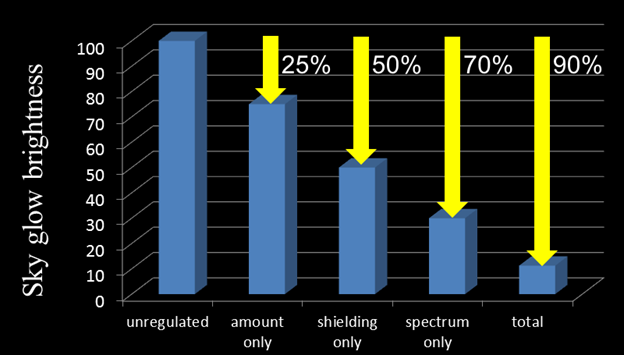
Estimates based on light pollution research indicate the benefits of various lighting code standards,
Credit: Flagstaff Dark Skies Coalition, FDSC, 2016
As stunning as these predictions are - a 90% reduction - these predictions are borne out by observations. Measurements made with the National Park Service night sky monitoring camera show that the light dome over Flagstaff is less than 1/10 as bright as over a nearly same -sized town that has not controlled light pollution (Pipkin et al., American Astronomical Society, 2017).

Measurements of the relative brightness of the light dome over Flagstaff and Cheyenne show what can be achieved.
Credit: Pipkin et al., American Astronomical Society, 2017
Taking the Next Step to Dark Sky Restoration – The Flagstaff Solution
How did Flagstaff do this? Is this within reach for other communities?
Flagstaff did this with no more magic than a robust and effectively applied lighting code (see next paragraph). But first, it is imperative to confront a myth: It is too often said that Flagstaff’s success is an exception, possible only because of the existence and support of its observatories and long history of dark sky policy. And historically, it is true that the observatories were involved in early efforts at night sky protection. Other communities will rarely have embedded observatories to help them in this way. But dark sky advocates know that dark sky protection is beneficial from every perspective (visibility, safety, dark skies, health, ecological impact, energy use), not just from the perspective of astronomical research. Dark skies are of value for everyone yearning to see stars overhead and experience the connection this brings to the universe around us.
Though other communities seeking to make progress in night sky protection may not have observatories or this history, they have a benefit that Flagstaff did not have – the example of Flagstaff’s success. Flagstaff has developed and effectively implemented critical night sky protection standards that many communities shy away from because of fears of compromised safety, visibility, utility – a hundred different reasons. And Flagstaff has not been destroyed as a result. As an example, when the critical amber lighting and lumen-per-acre standards were considered and adopted in Flagstaff (1989), advocates could not point to anywhere to show that the proposed new standards would protect skies but not compromise visibility or safety, as claimed by many. Dark skies have been protected, safety has not been compromised, and the economy is vibrant. Whatever reasons or processes that led to Flagstaff’s success, the fact that it has been achieved and been “on the ground” for decades without calamity provides an example that all of us can take advantage of going forward.
The Flagstaff Solution is based on a concise, enforceable, and effective lighting code. Crucial elements include (in rough order of importance):
- strict amber lighting standards (now mostly narrowband amber (NBA) LED) for all general lighting applications, e.g. roadways, parking lots (low CCT white LED standards are a recipe for continued degradation)
- strict shielding standards
- overall lumen limits based on acreage that protect the night and are sufficient for visibility and safety
- avoidance of unenforceable and damaging loopholes such as exceptions for low-output lighting or motion-sensed fixtures
But darker skies depend on more than the lighting code.
Awareness, education, and buy-in are key – the educational outreach dark sky advocates and organizations pursue is critical to develop not only a lighting code, but also other policies and standards and fiscal commitments that make the code effective. Community engagement must be improved, and constantly renewed. The specious arguments so often raised against effective light pollution standards must be confronted with facts and examples.
When the benefits are made clear, and the misunderstandings concerning safety and visibility are dispelled (using the Flagstaff example), there are few things easier to sell than star-filled skies. Who hasn’t wished upon a star?
When the great earth, abandoning day, rolls up the deeps of the heavens and the universe,
a new door opens for the human spirit, and there are few so clownish that
some awareness of the mystery of being does not touch them as they gaze.
Henry Beston, The Outermost House, 1928
The Flagstaff Dark Skies Coalition is developing a suite of documents to provide concise information on The Flagstaff Solution to other communities, to help them take advantage of Flagstaff’s example and take the next step from awareness to dark sky restoration. This information will be posted on the Flagstaffdarkskies.org website. If you would like notice as new materials are developed, please send a message to info@flagstaffdarkskies.org and we will put you on our mailing list. If you would like to support the FDSC mission to make the next step to true dark sky restoration worldwide, consider donating at flagstaffdarkskies.org/donate/.
Learn More
- The Flagstaff Solution
- Flagstaff Dark Skies Coalition
- City of Flagstaff Zoning Codes, for Outdoor Lighting Standards, search "dark skies"
Related Articles


